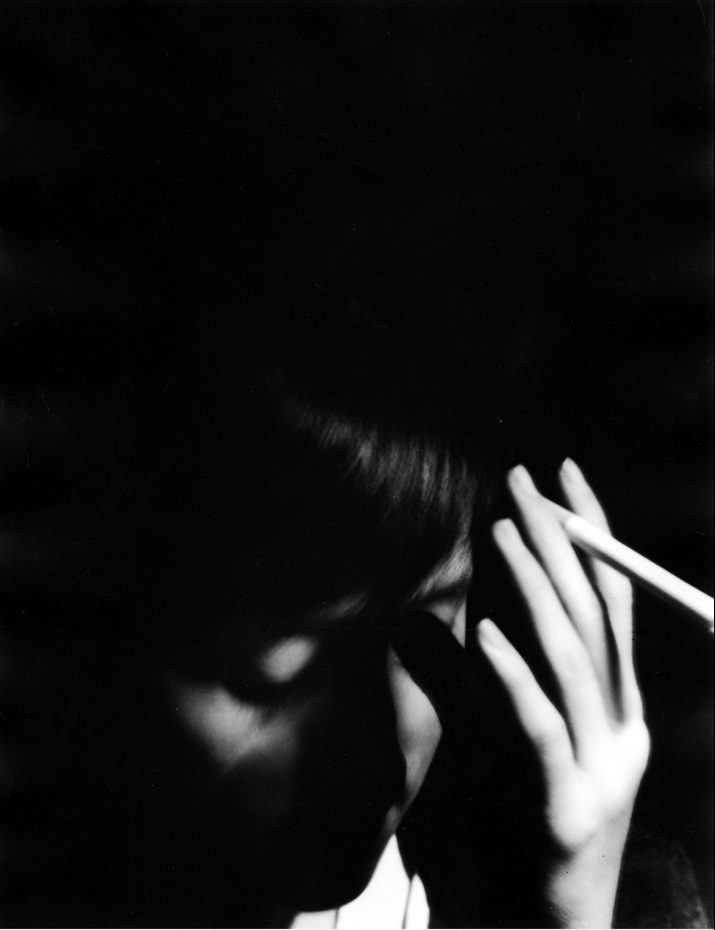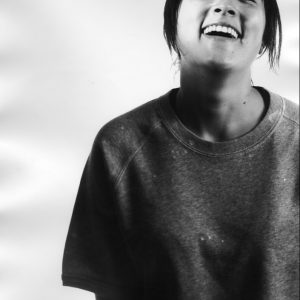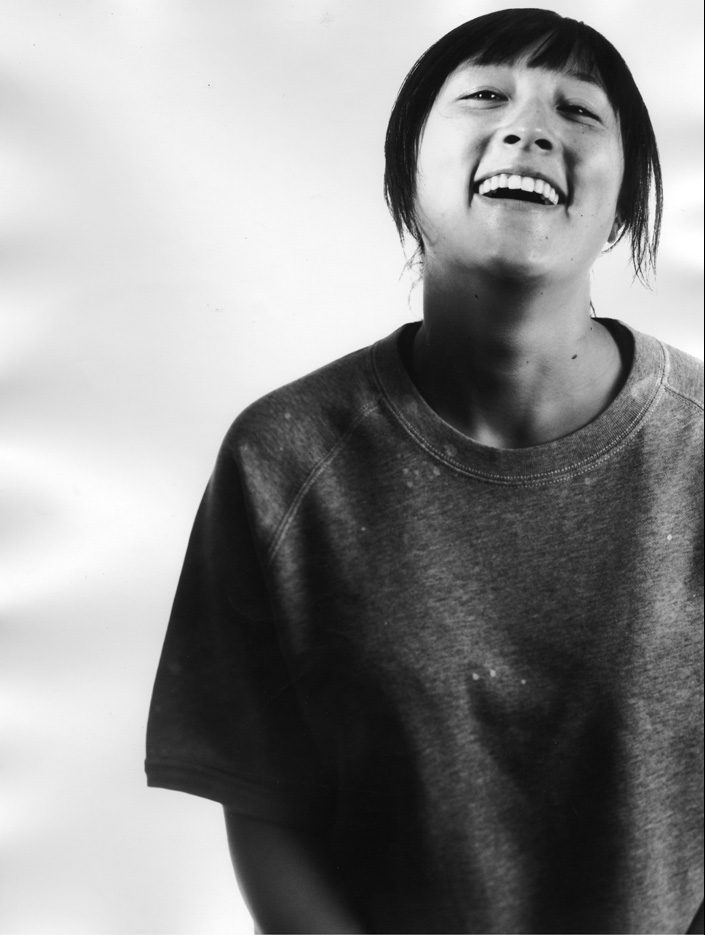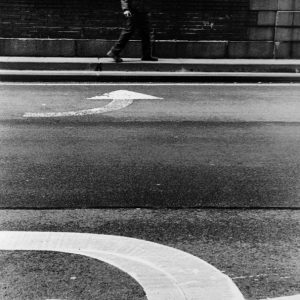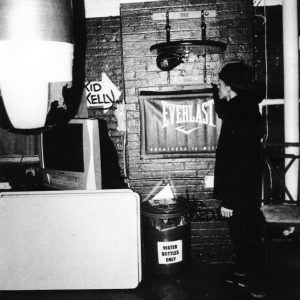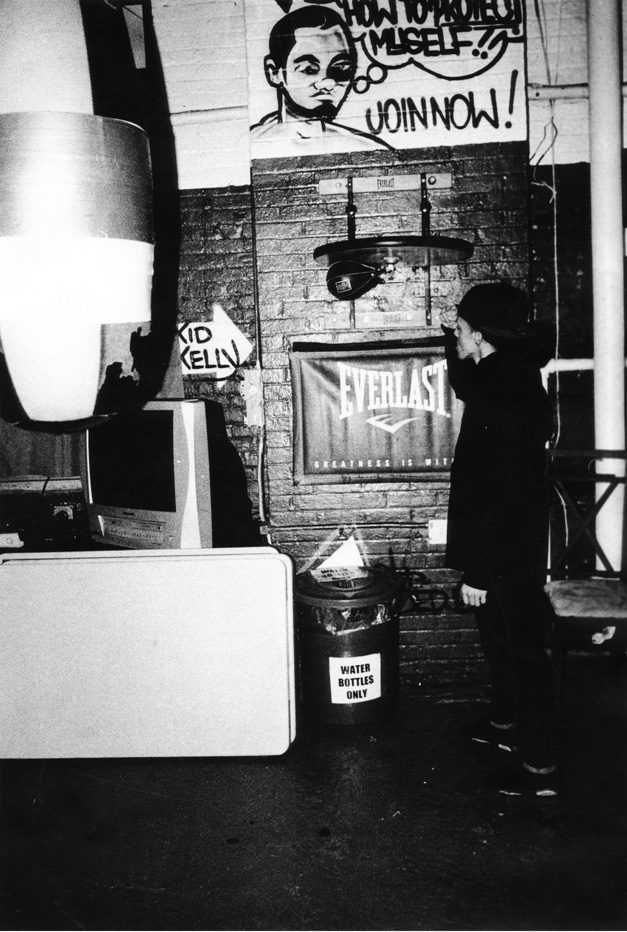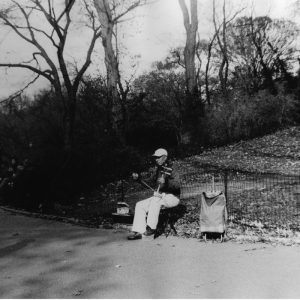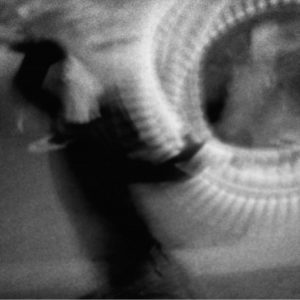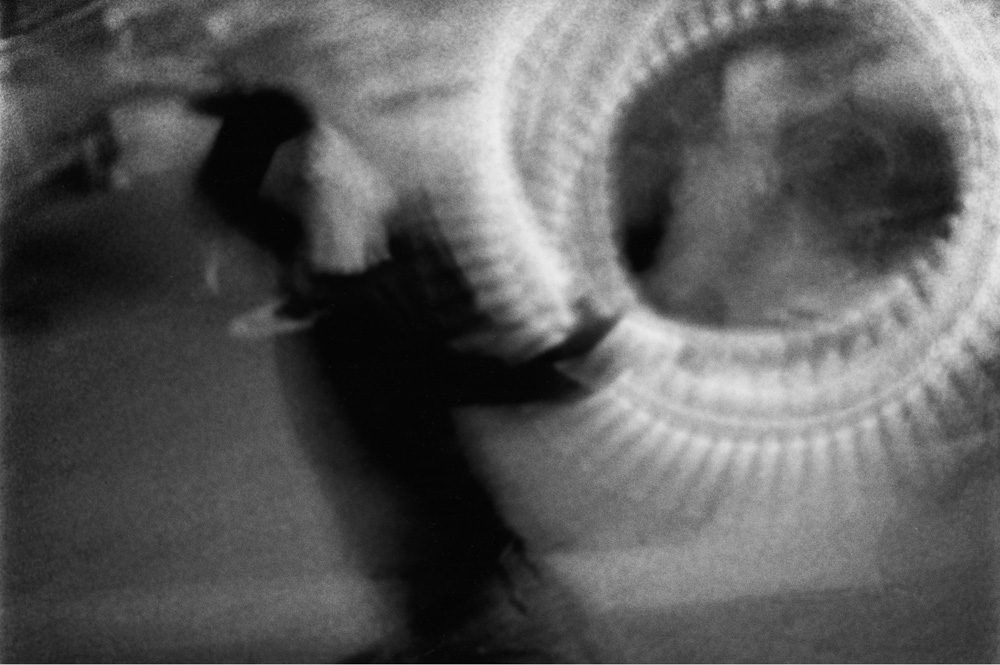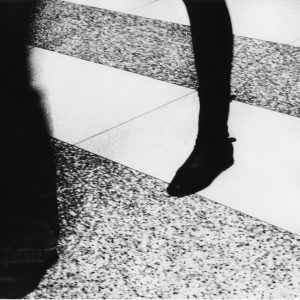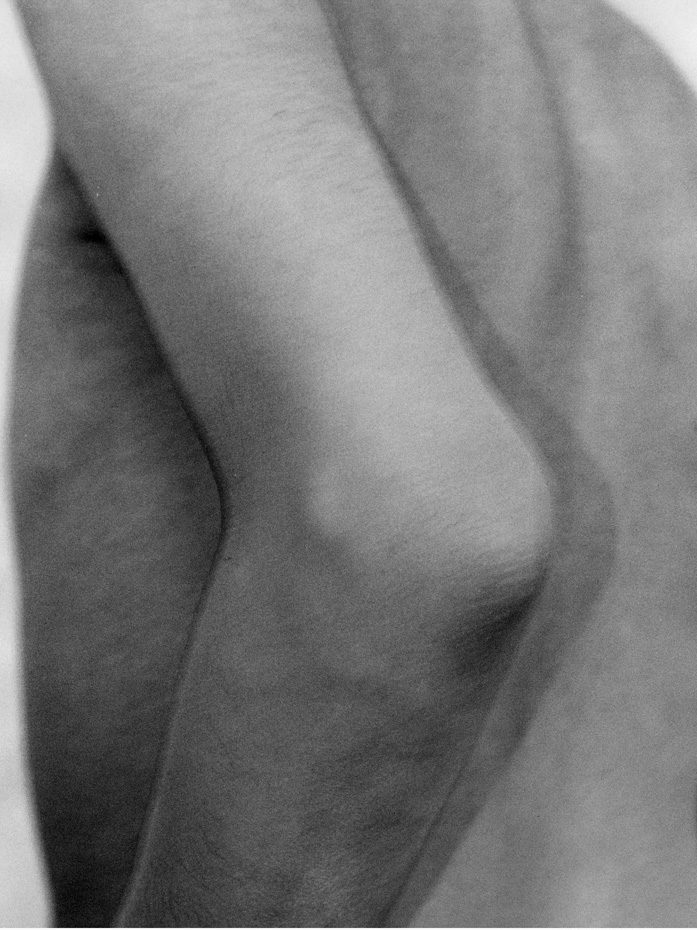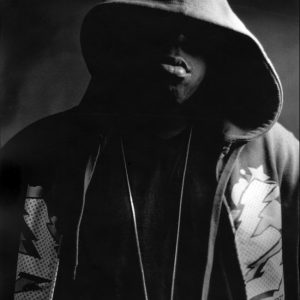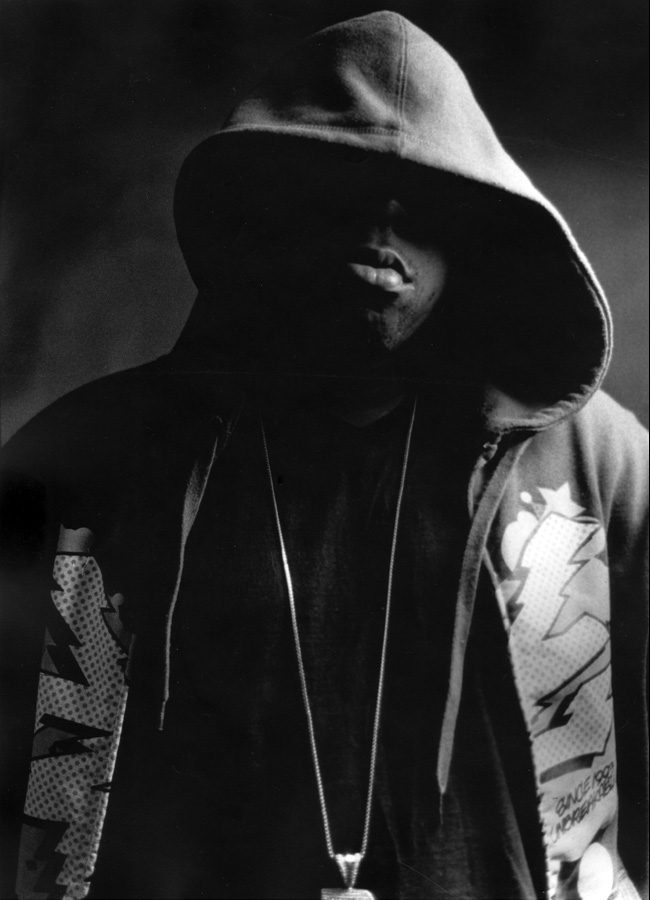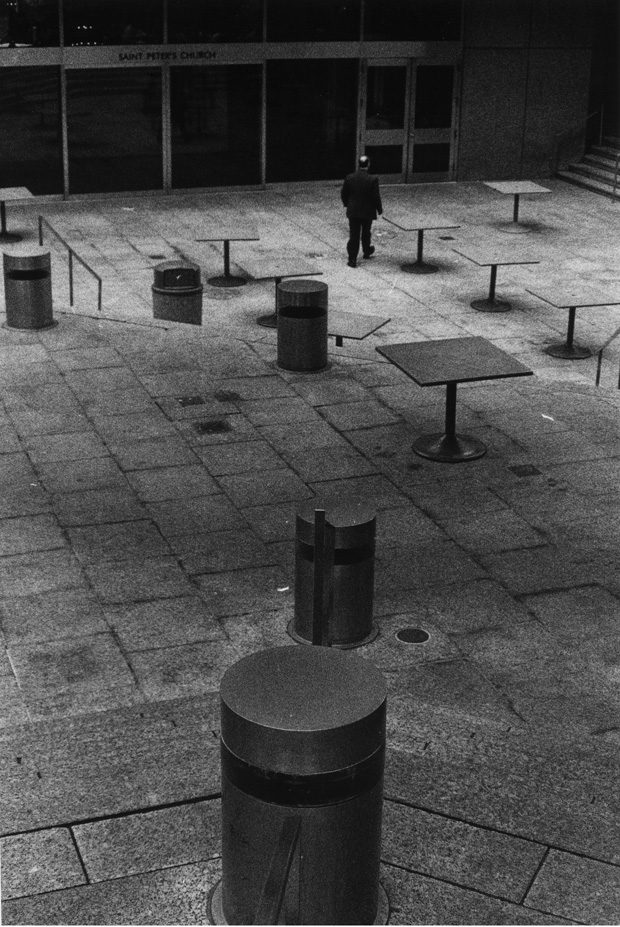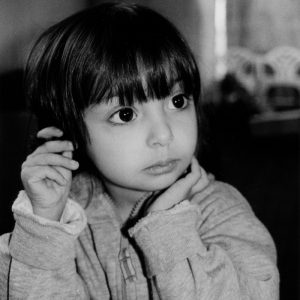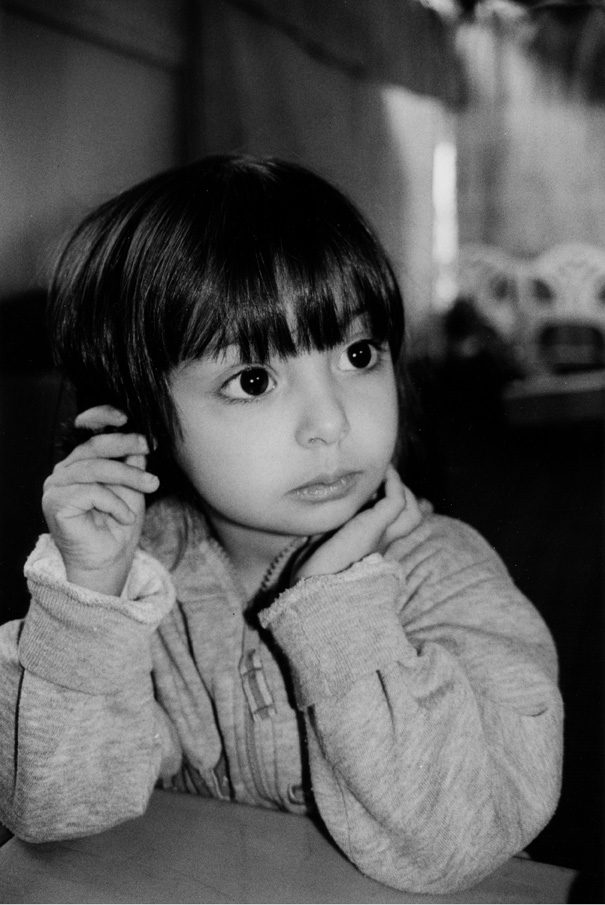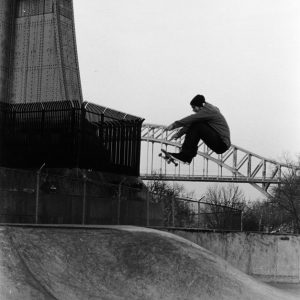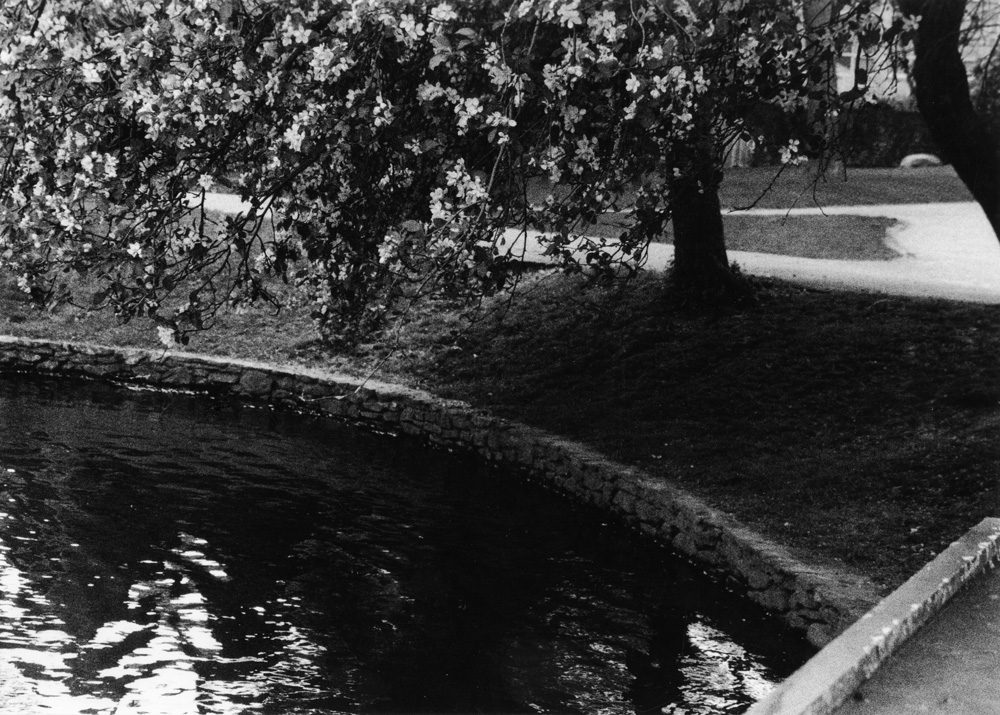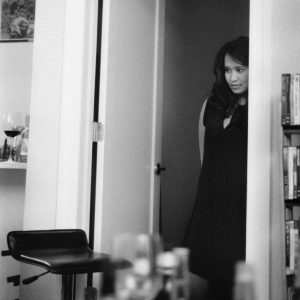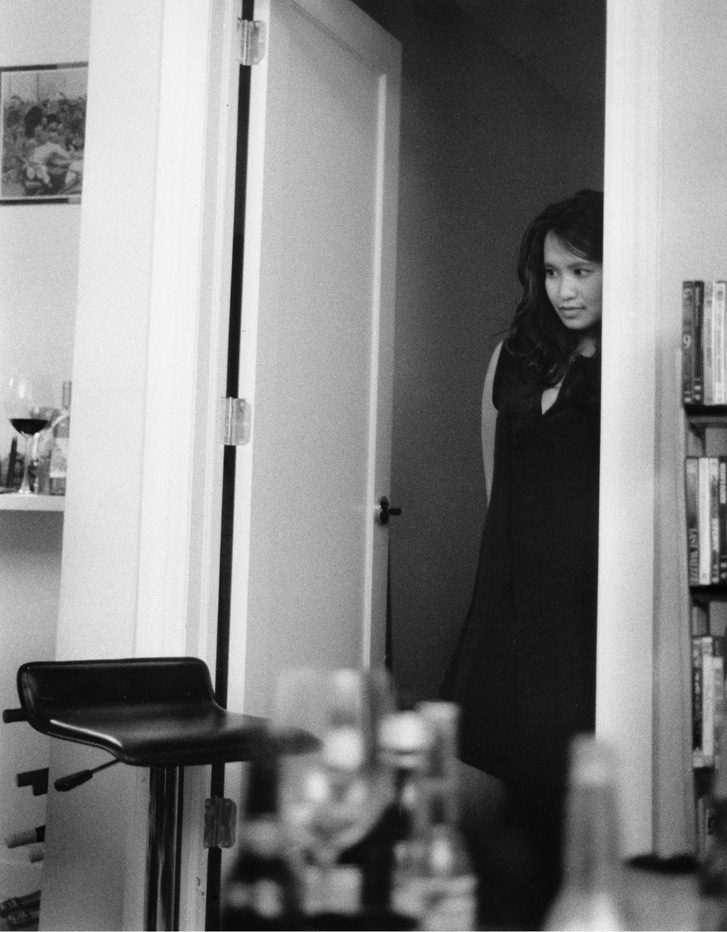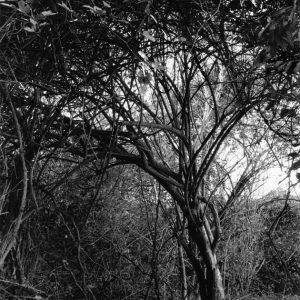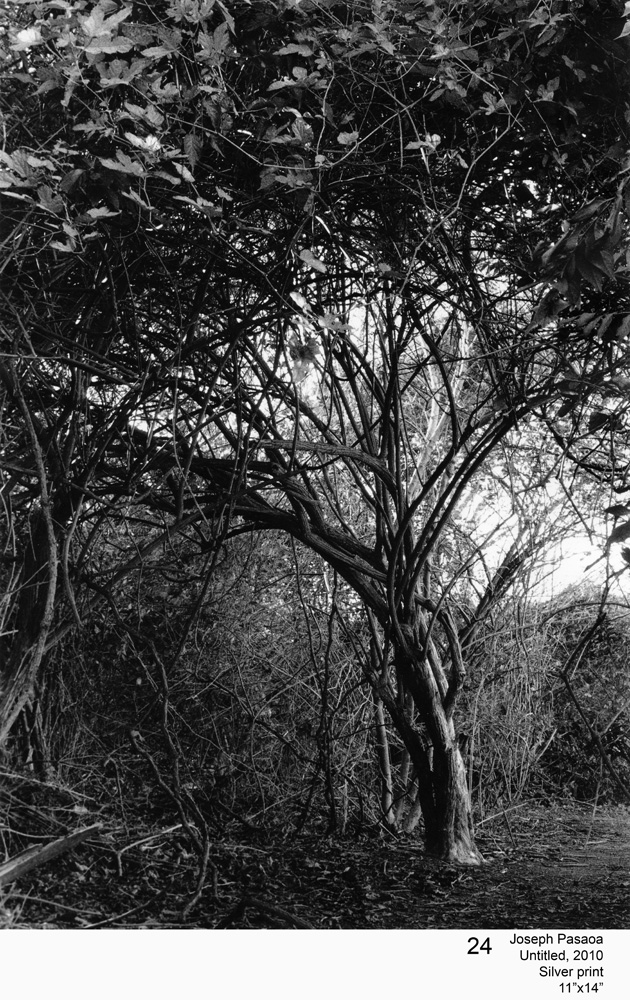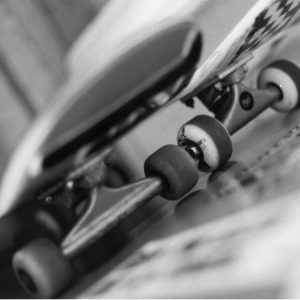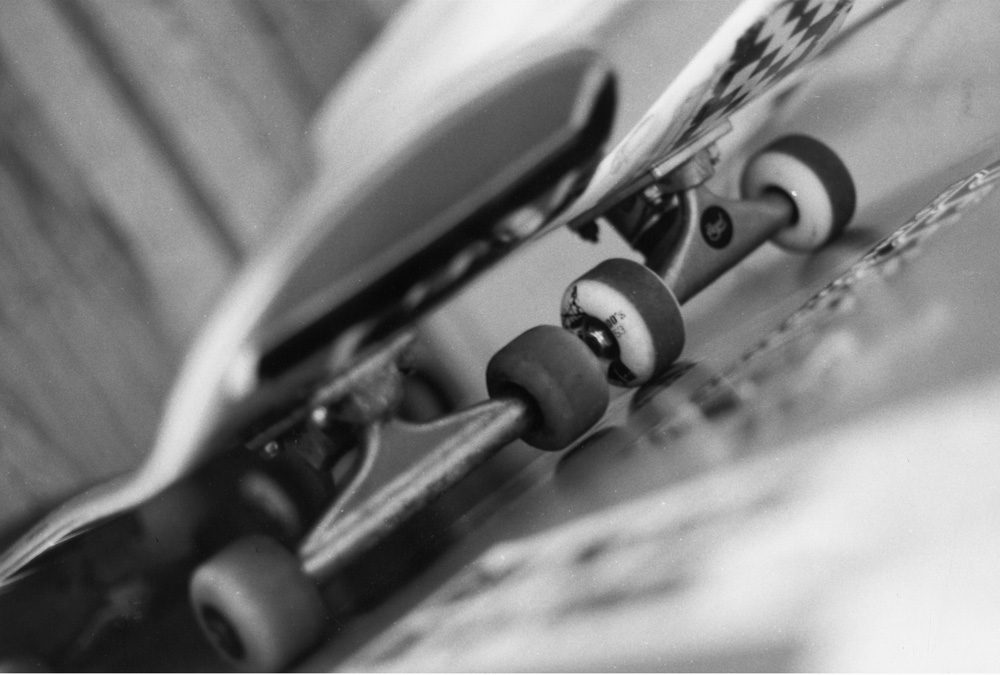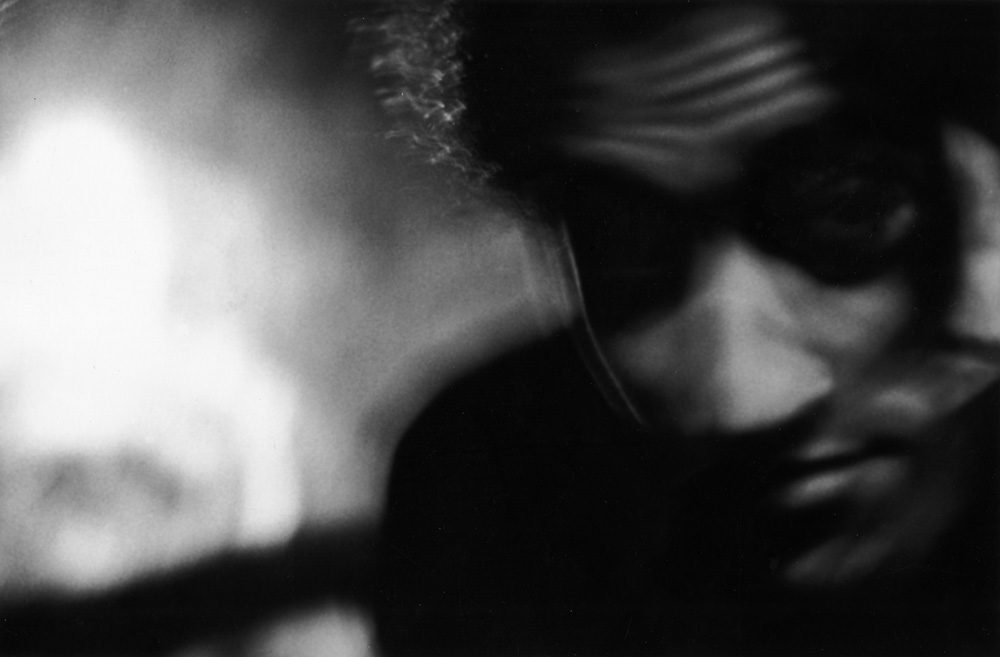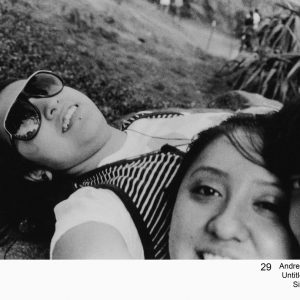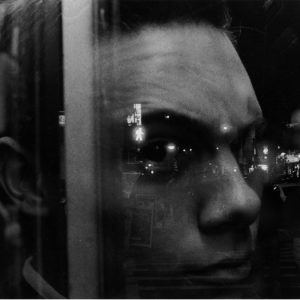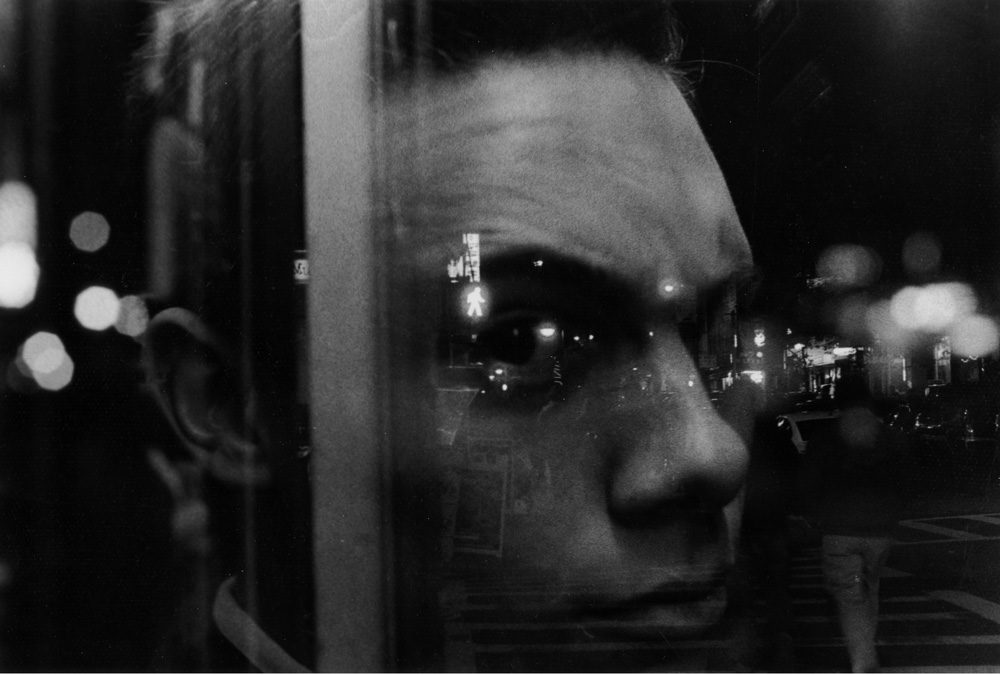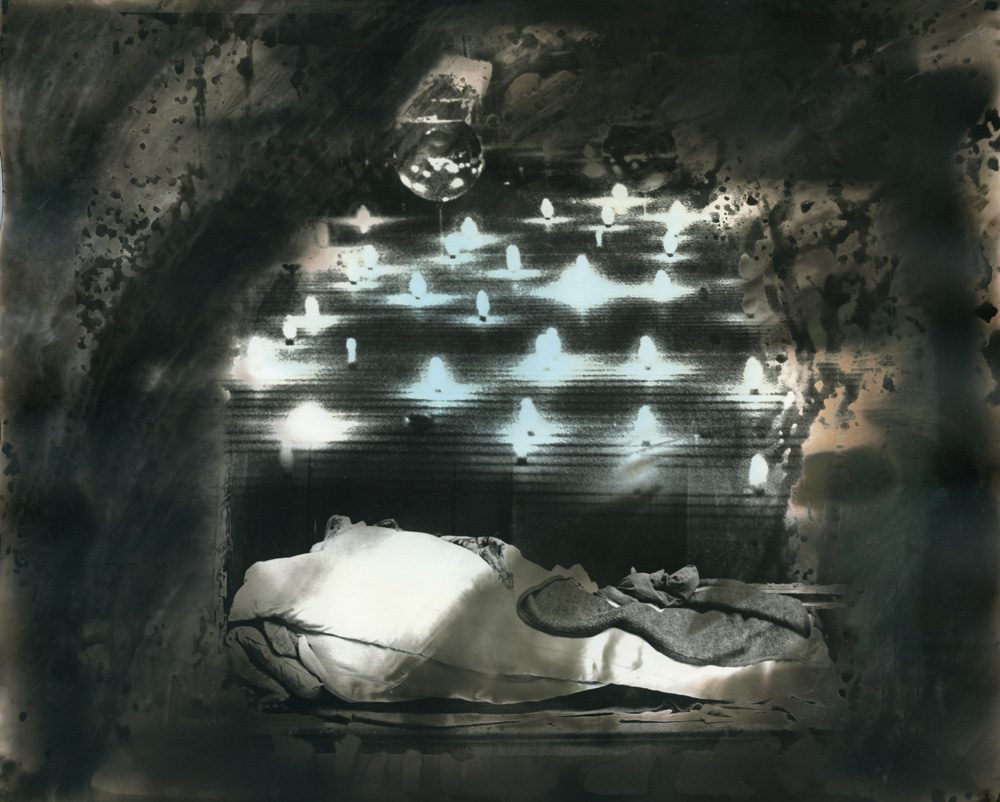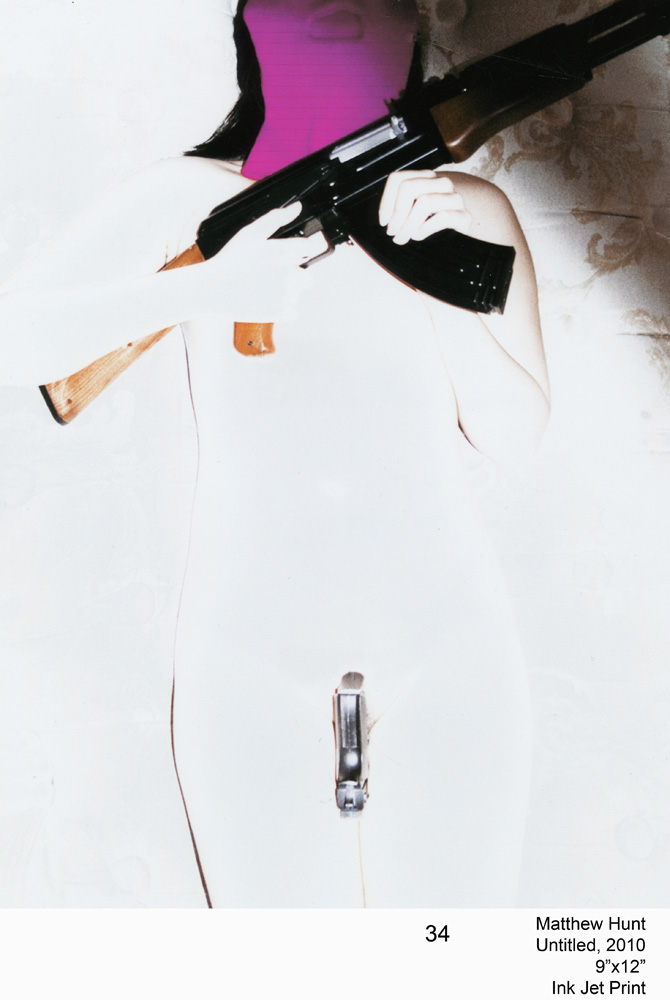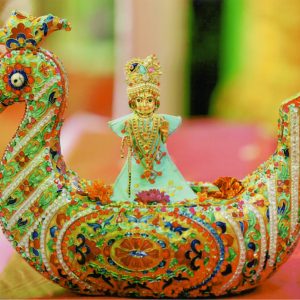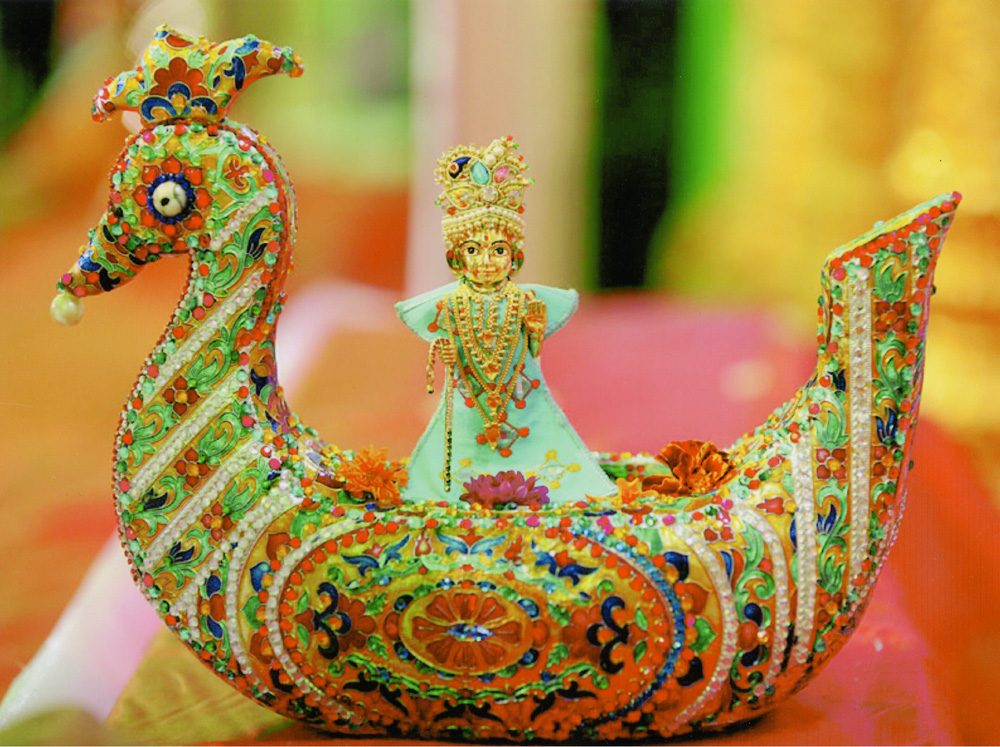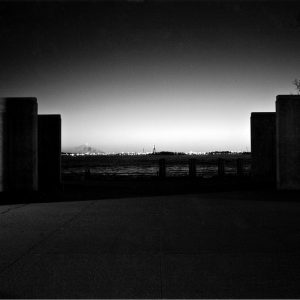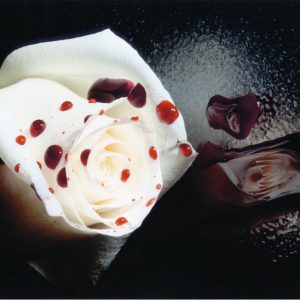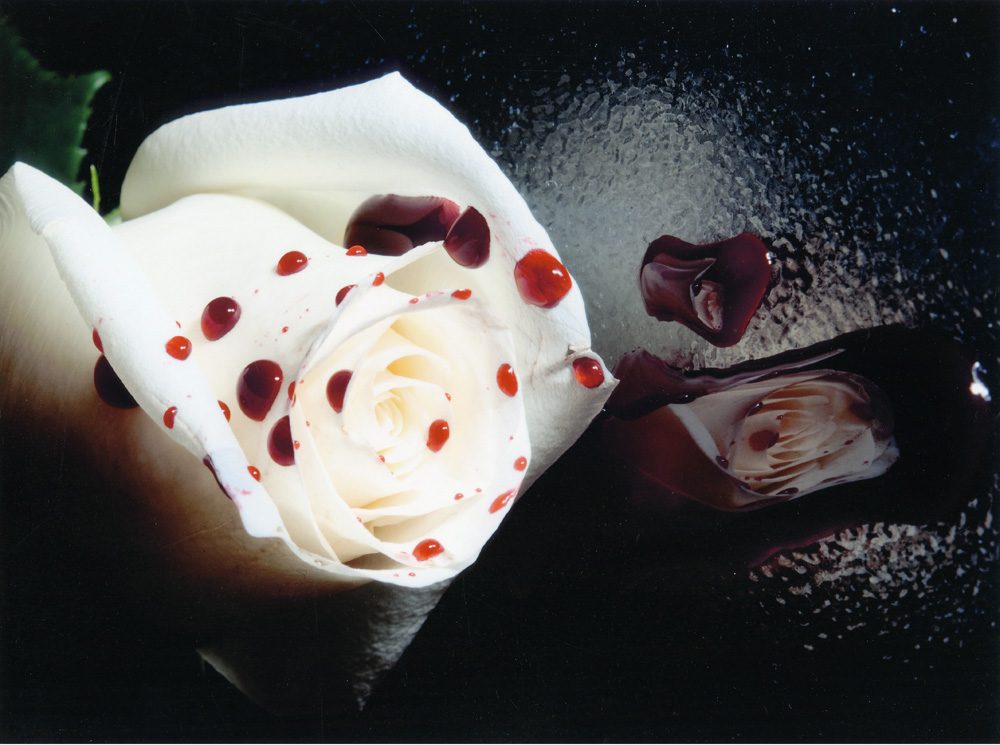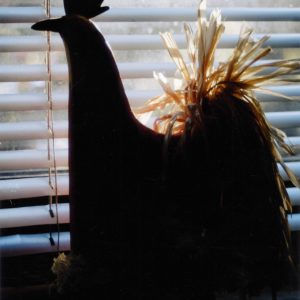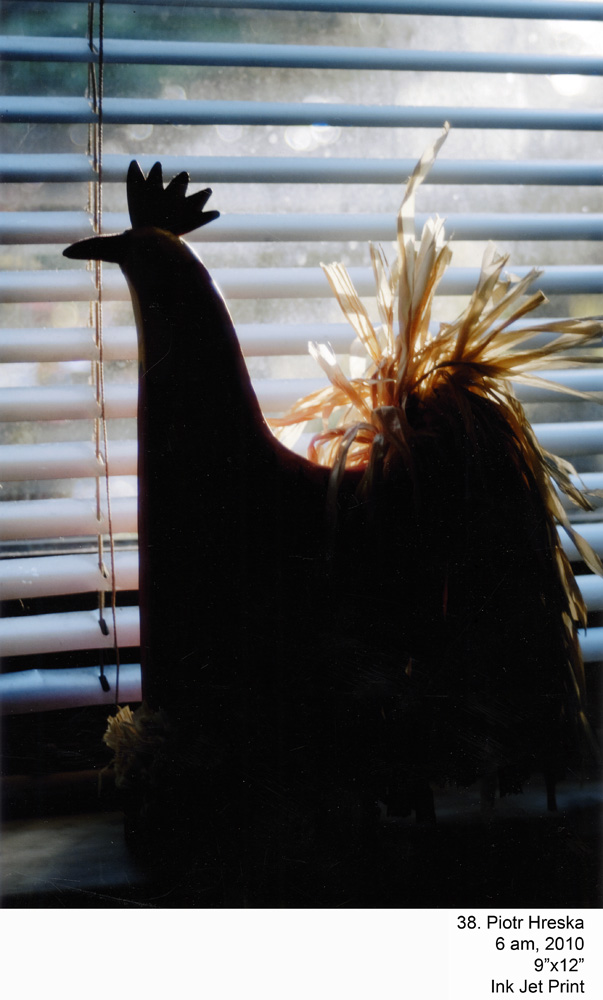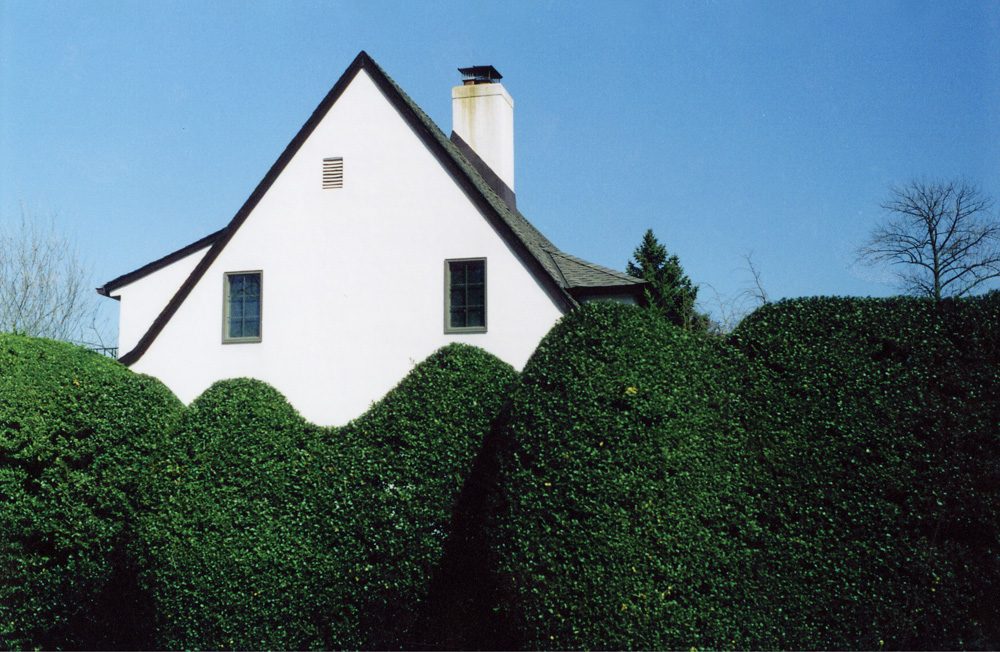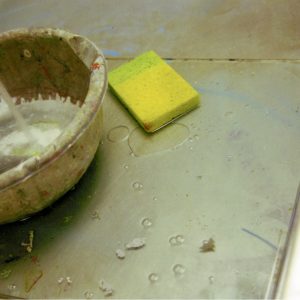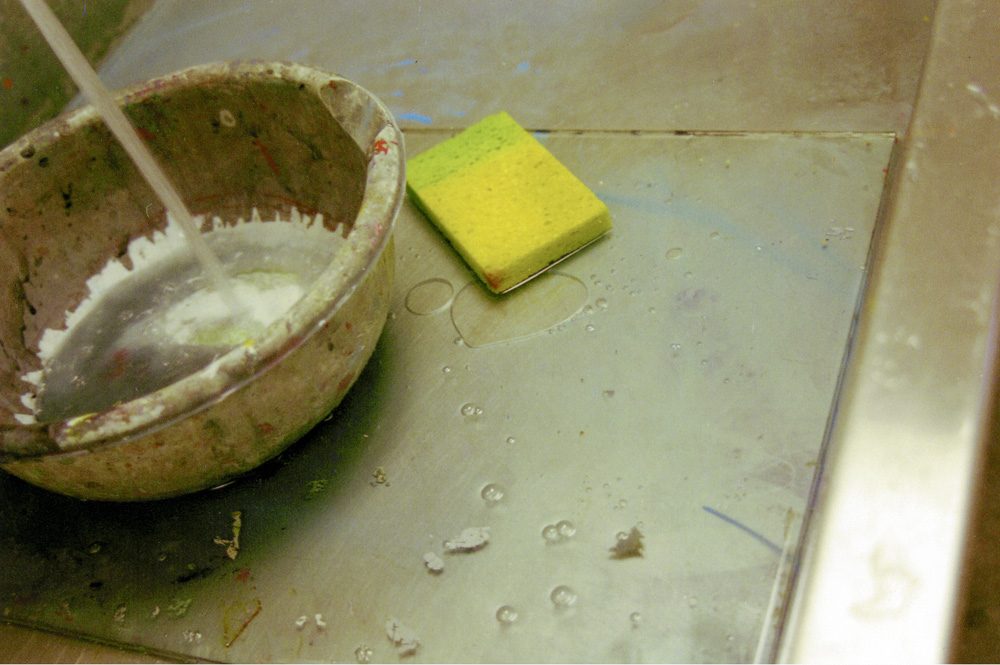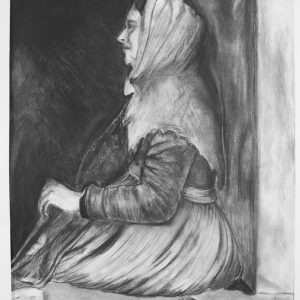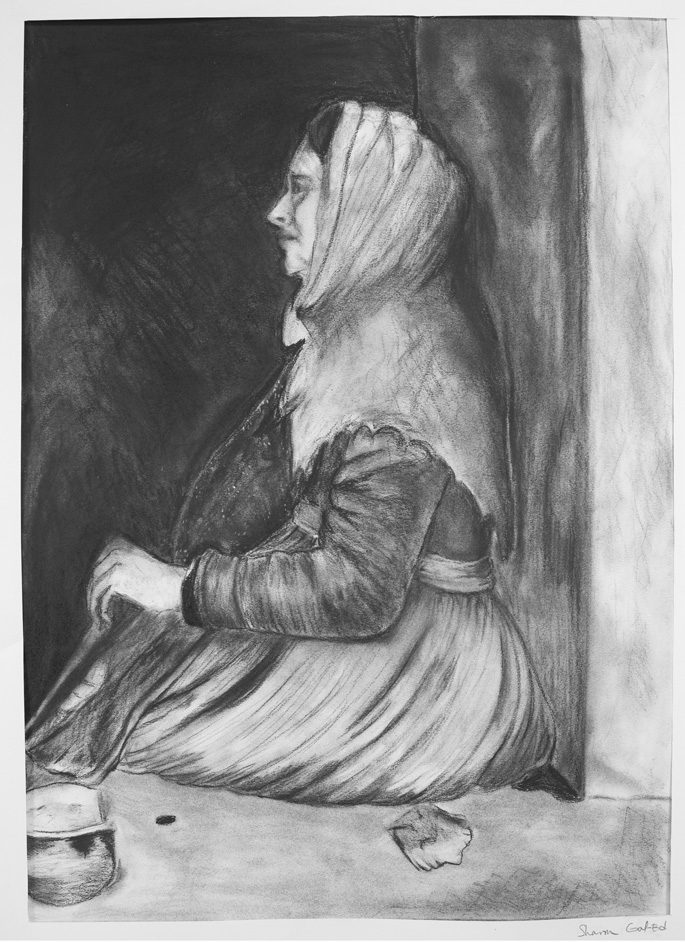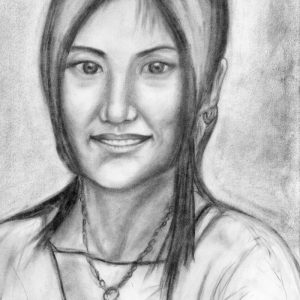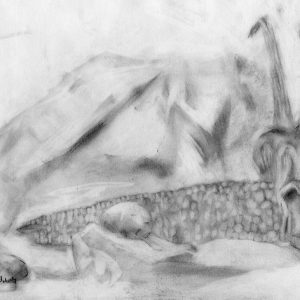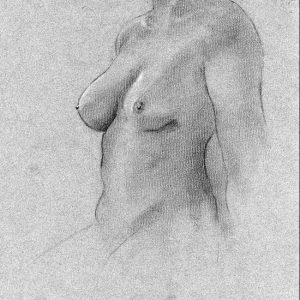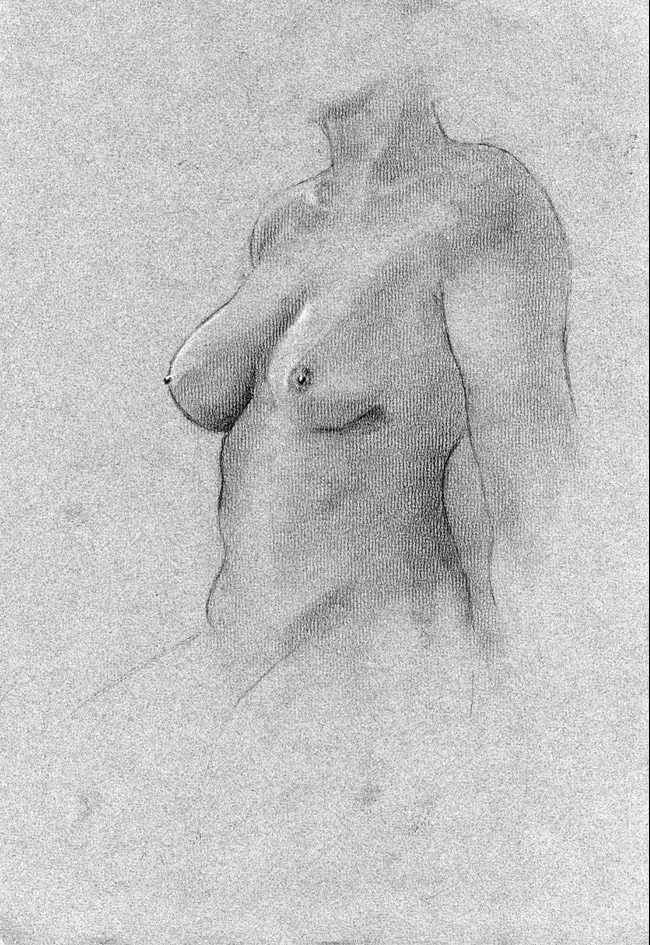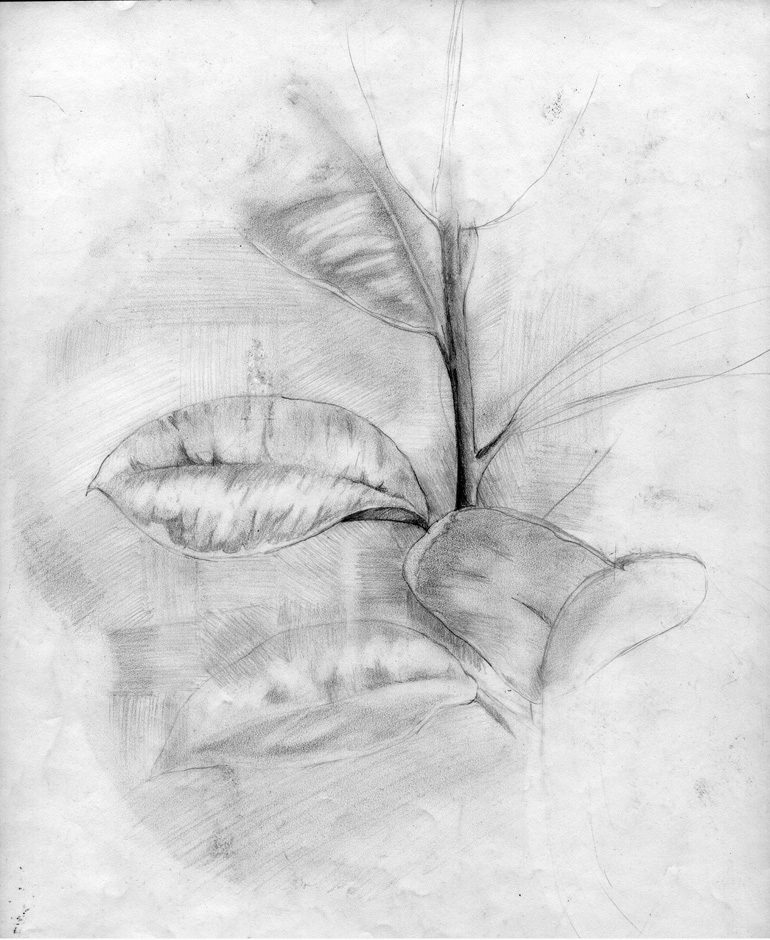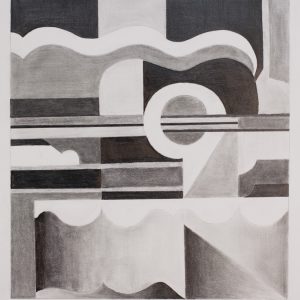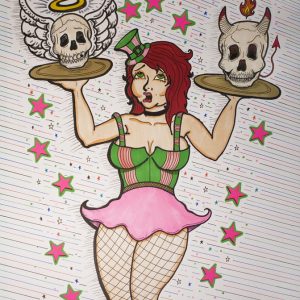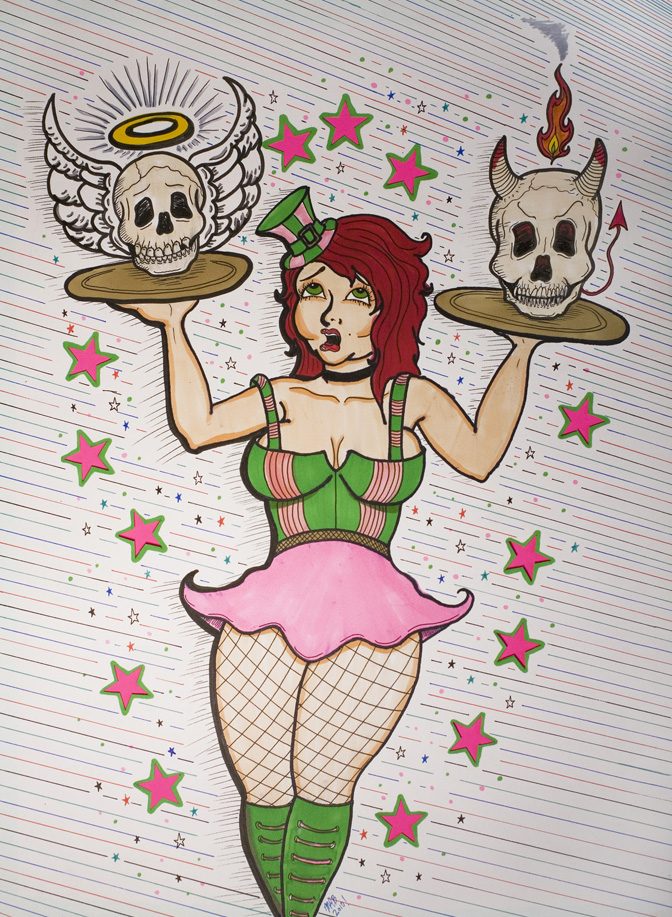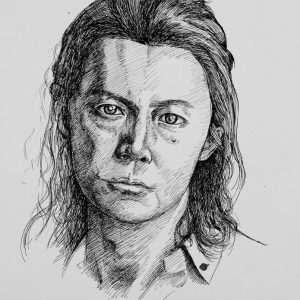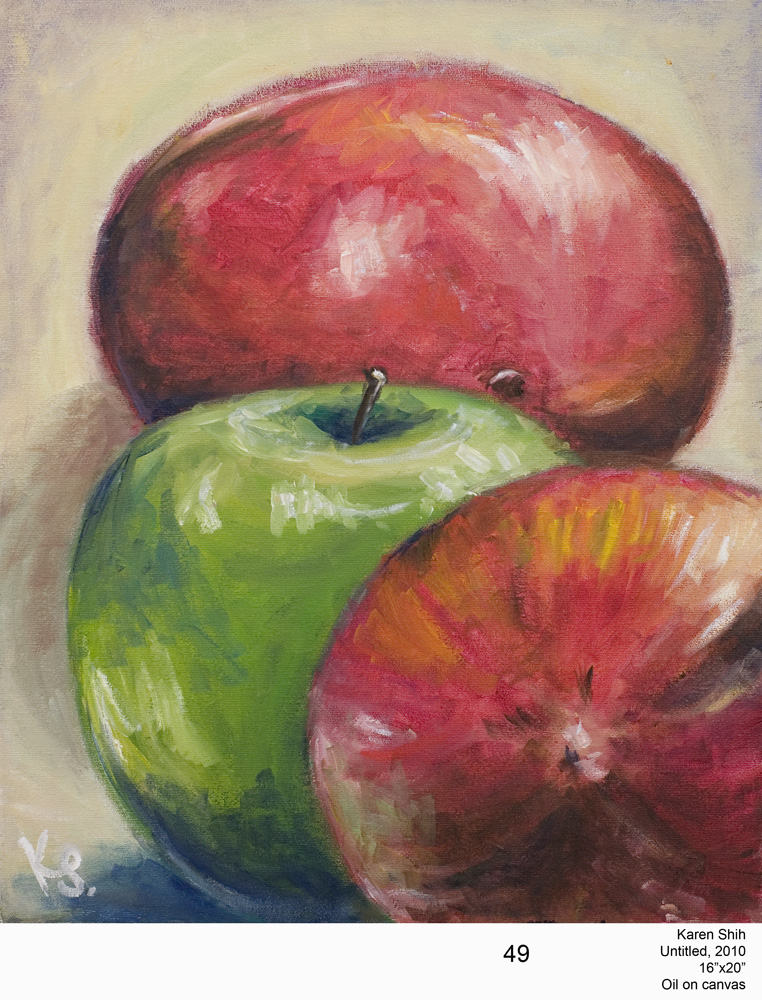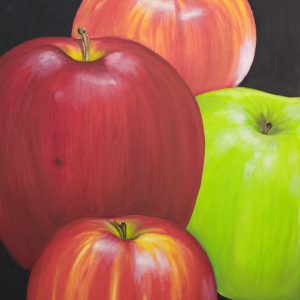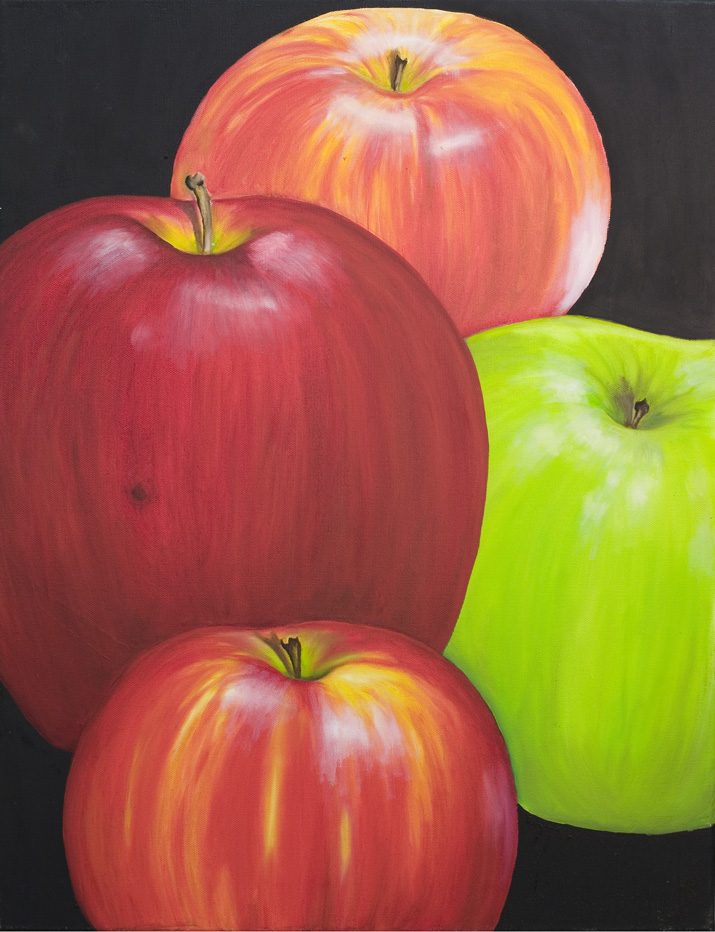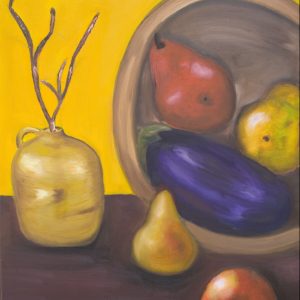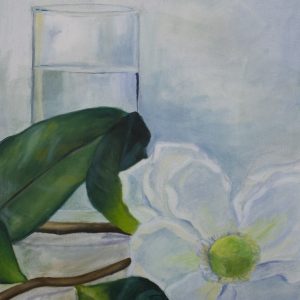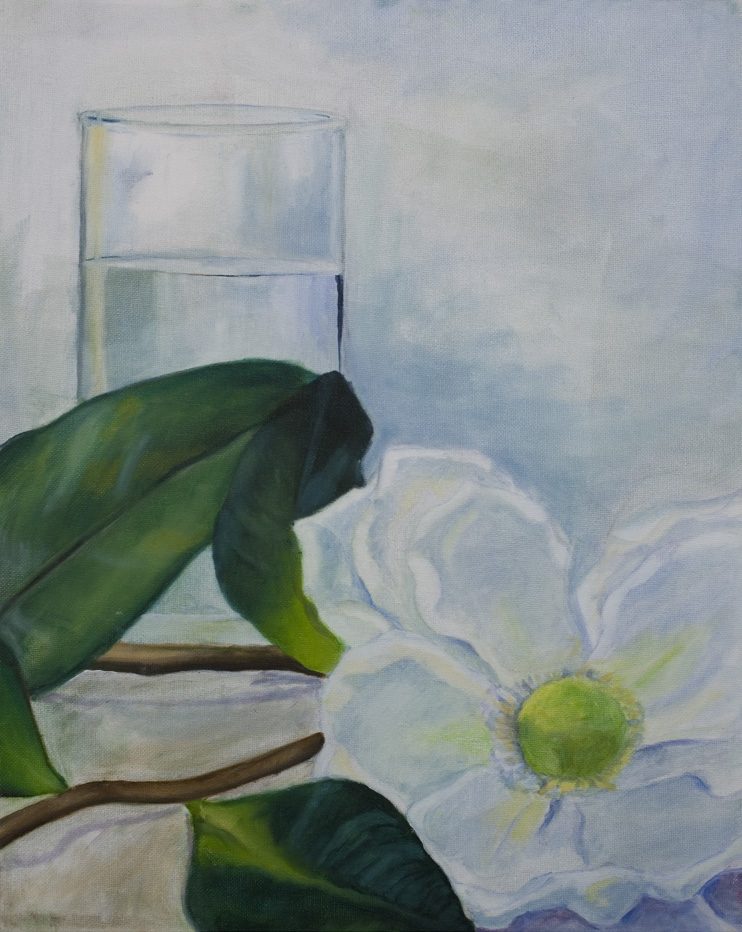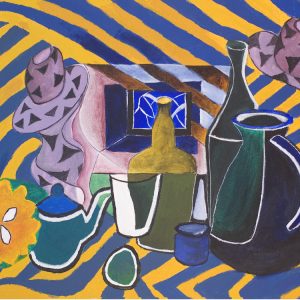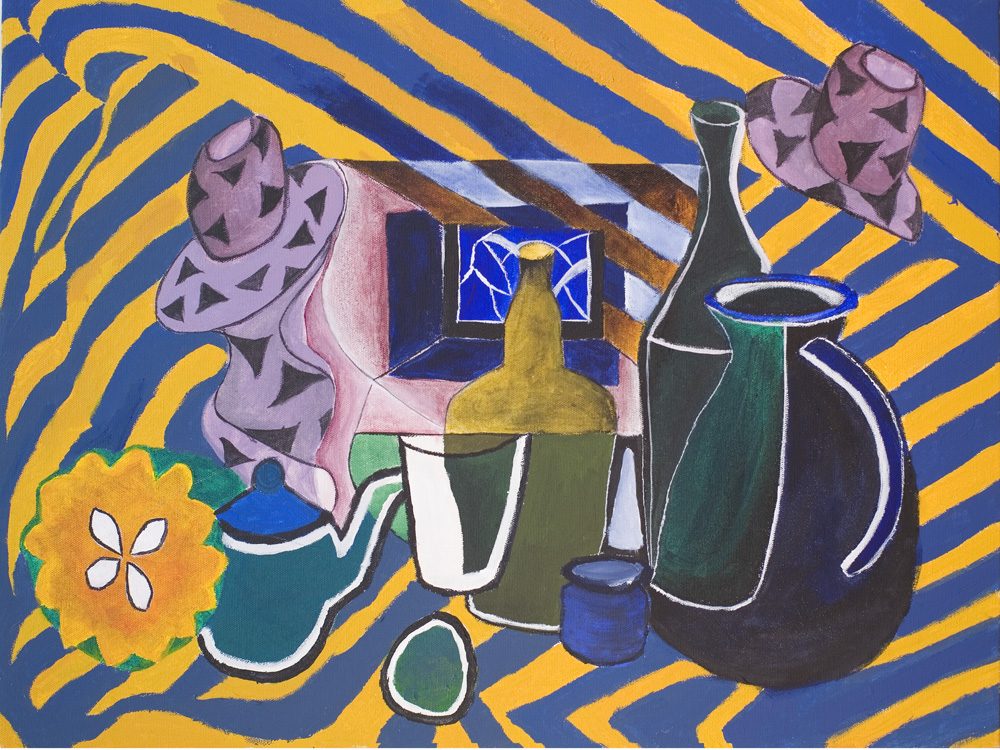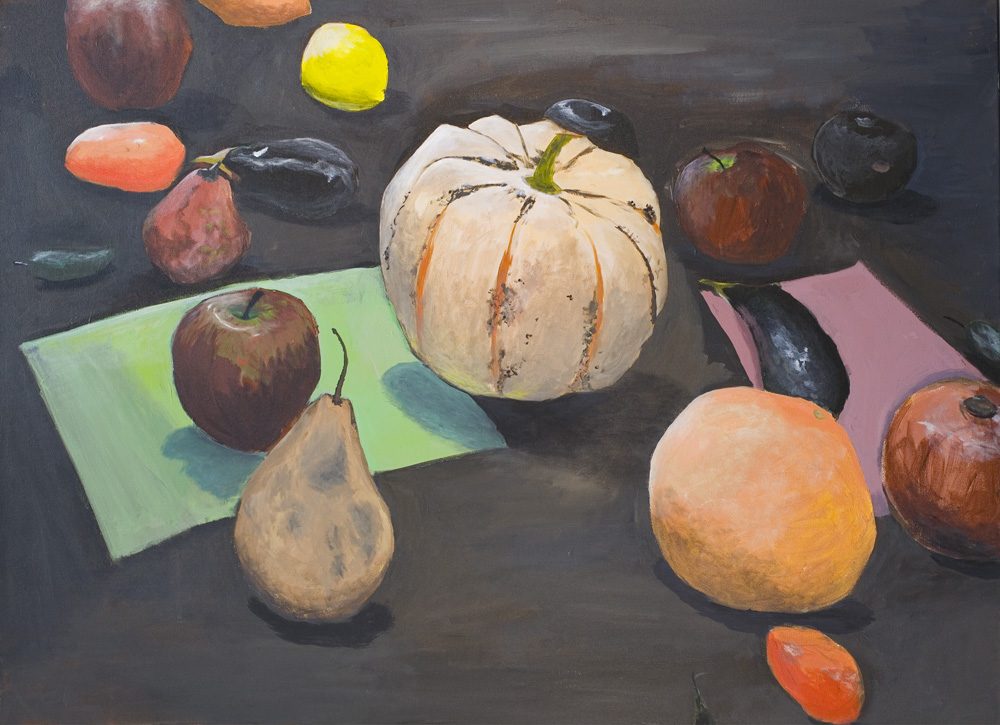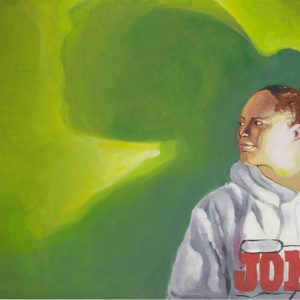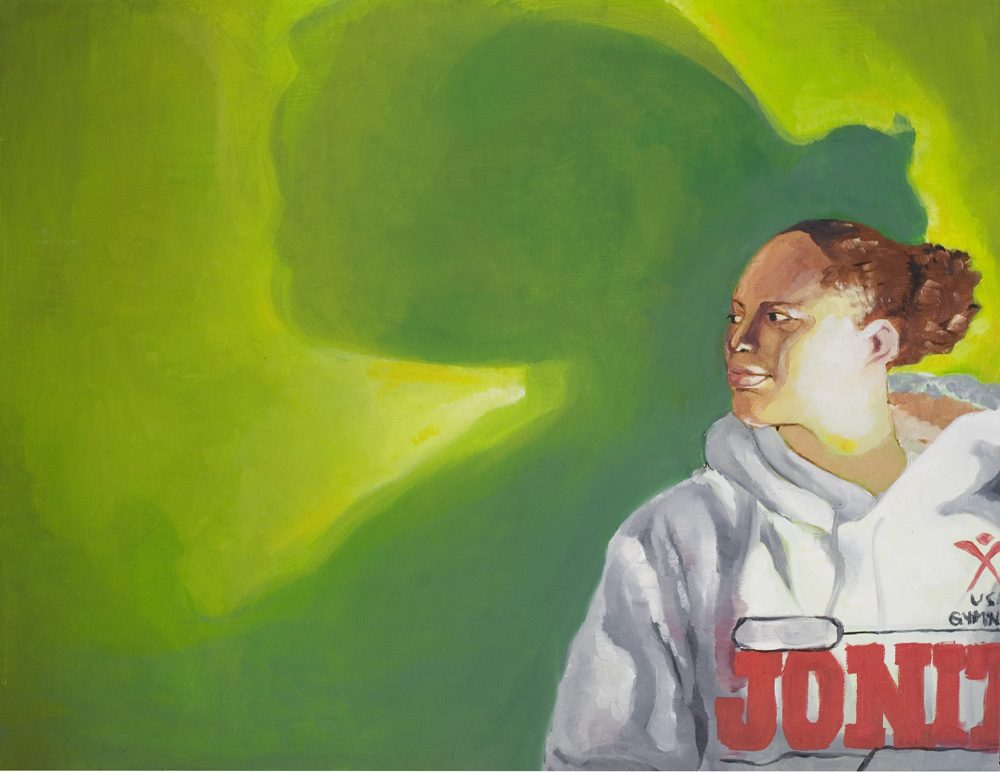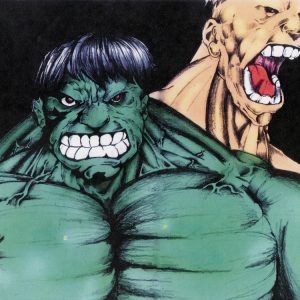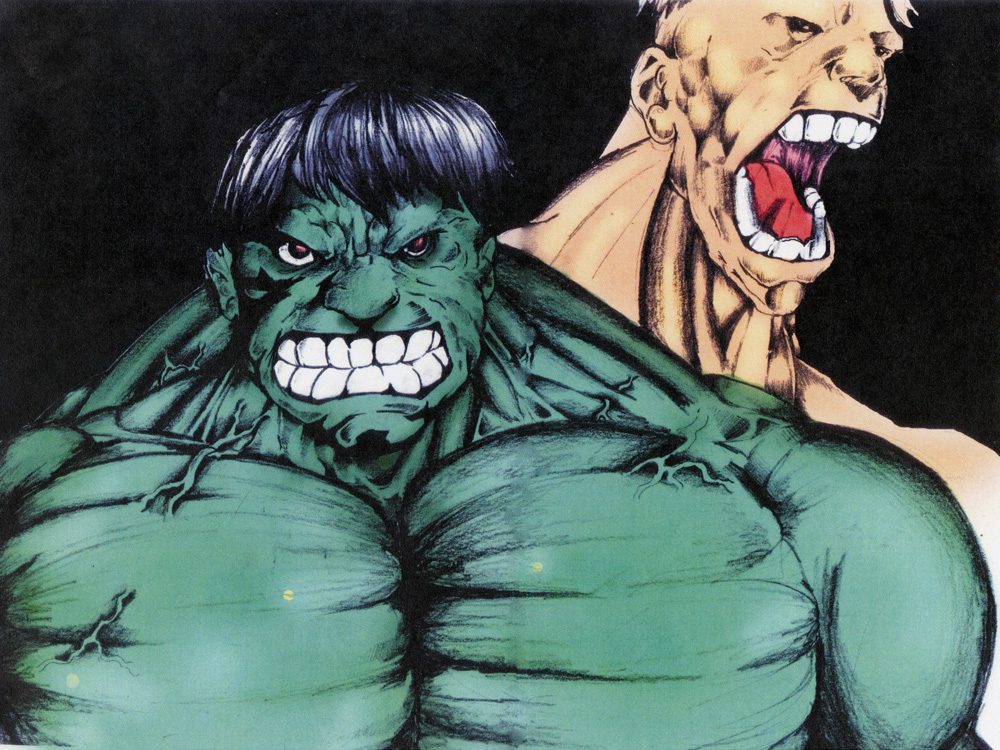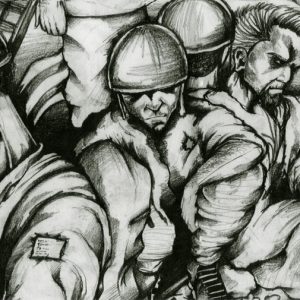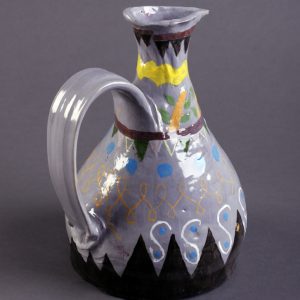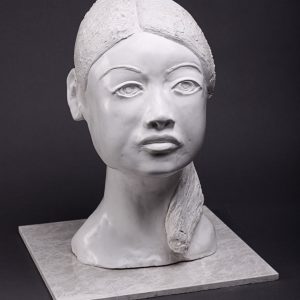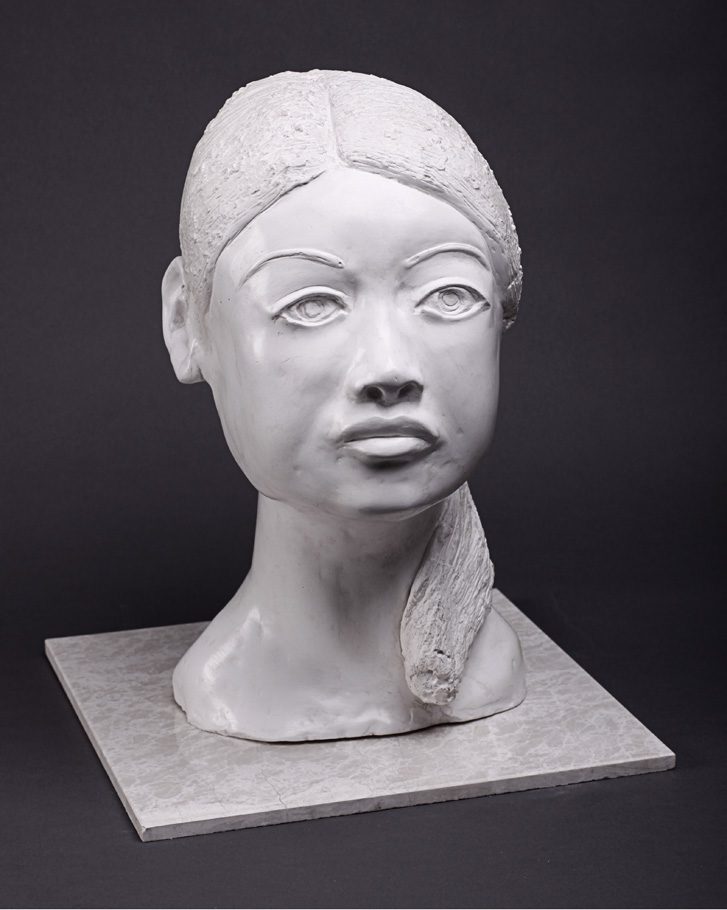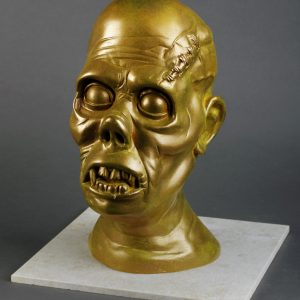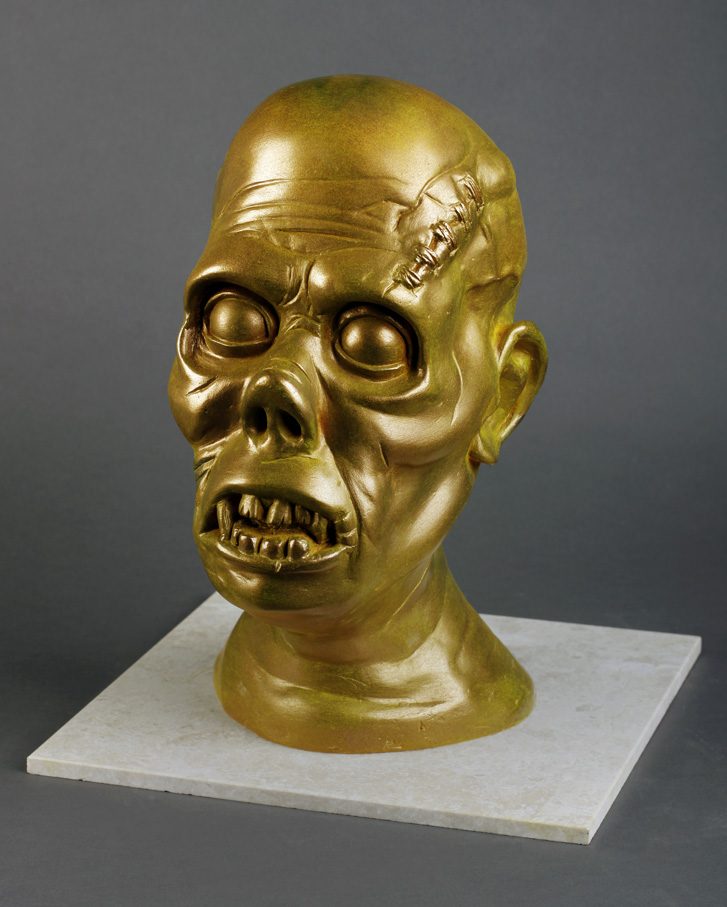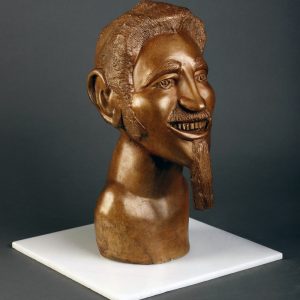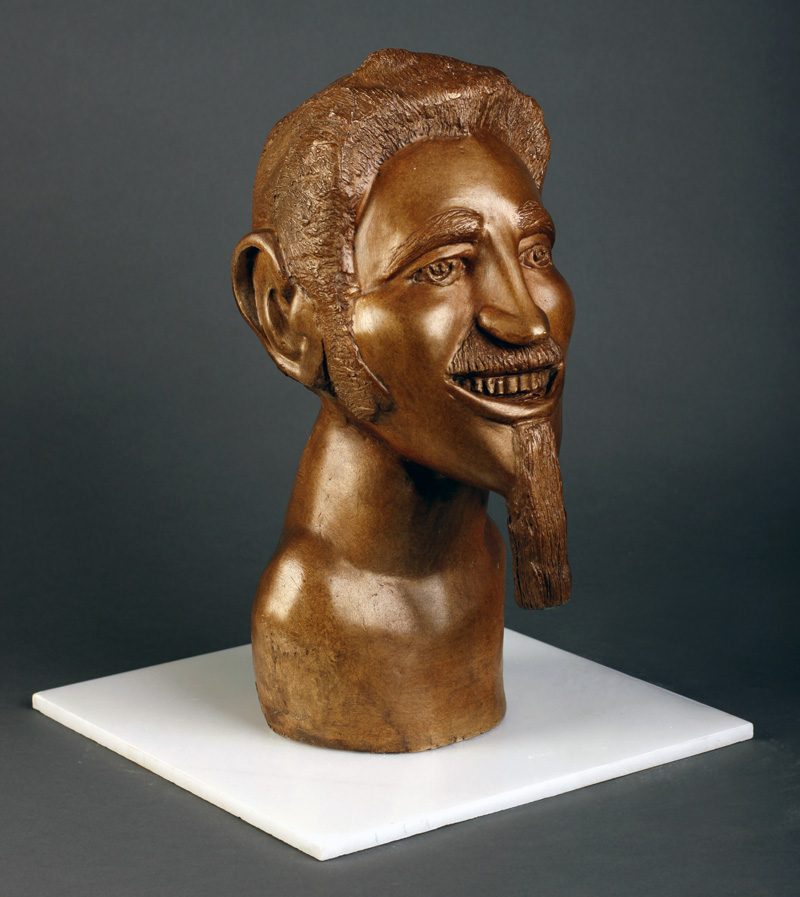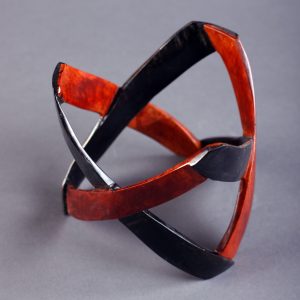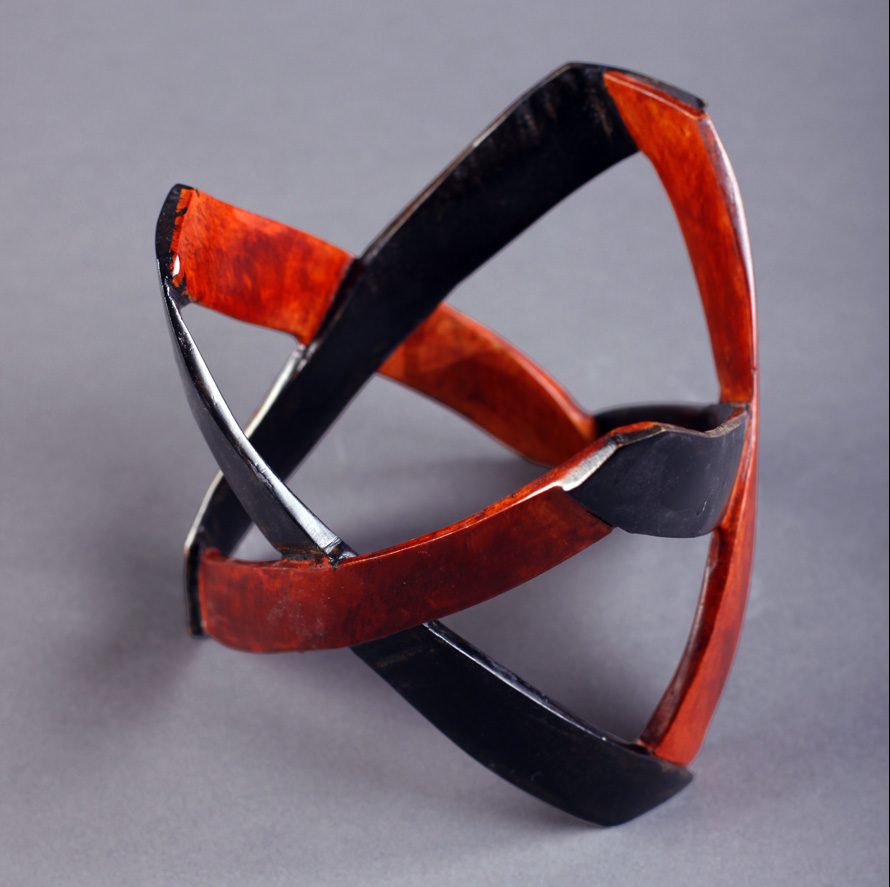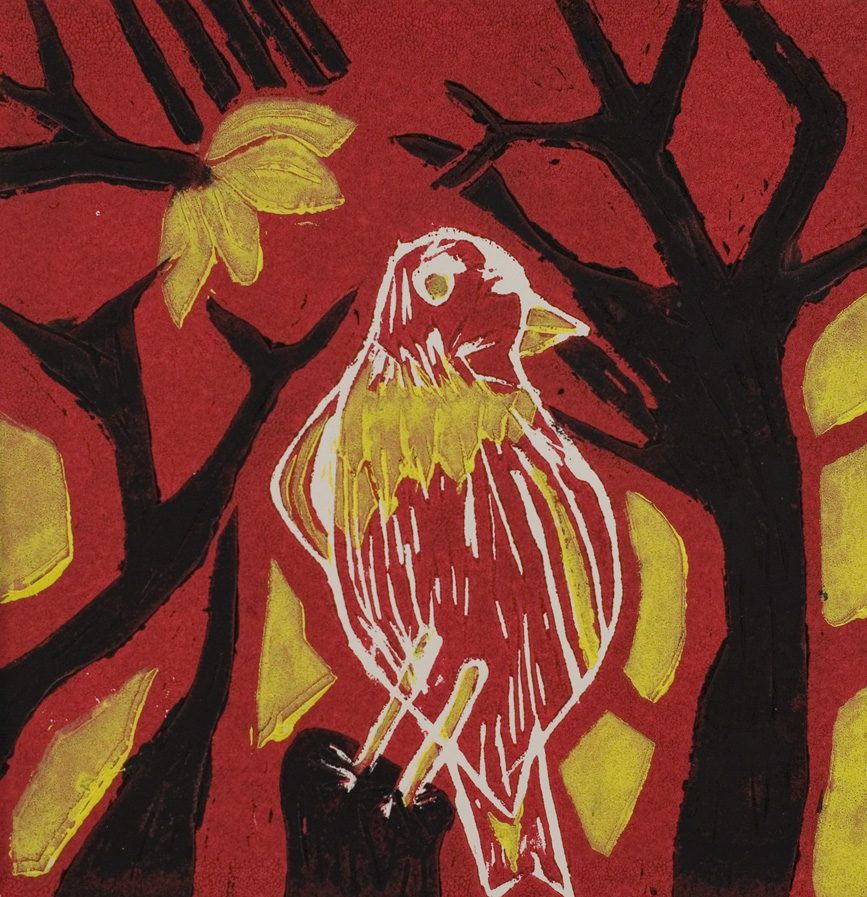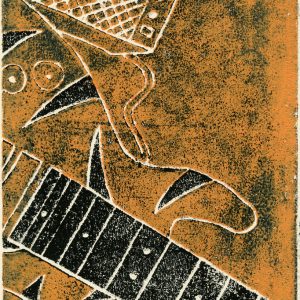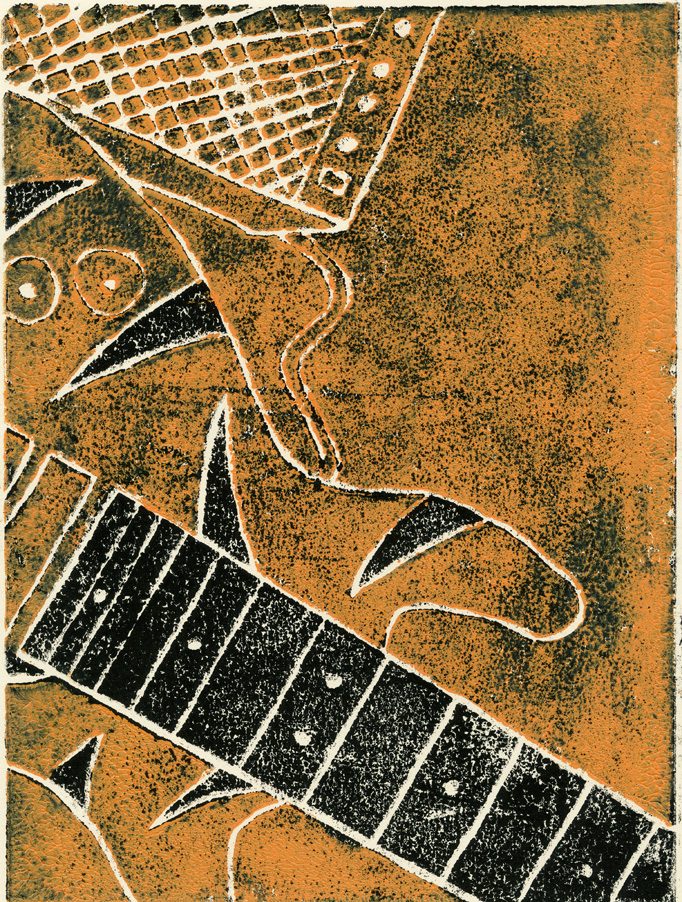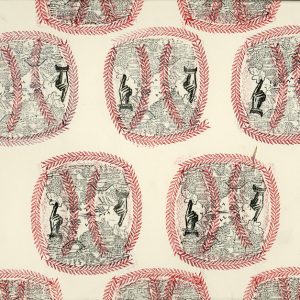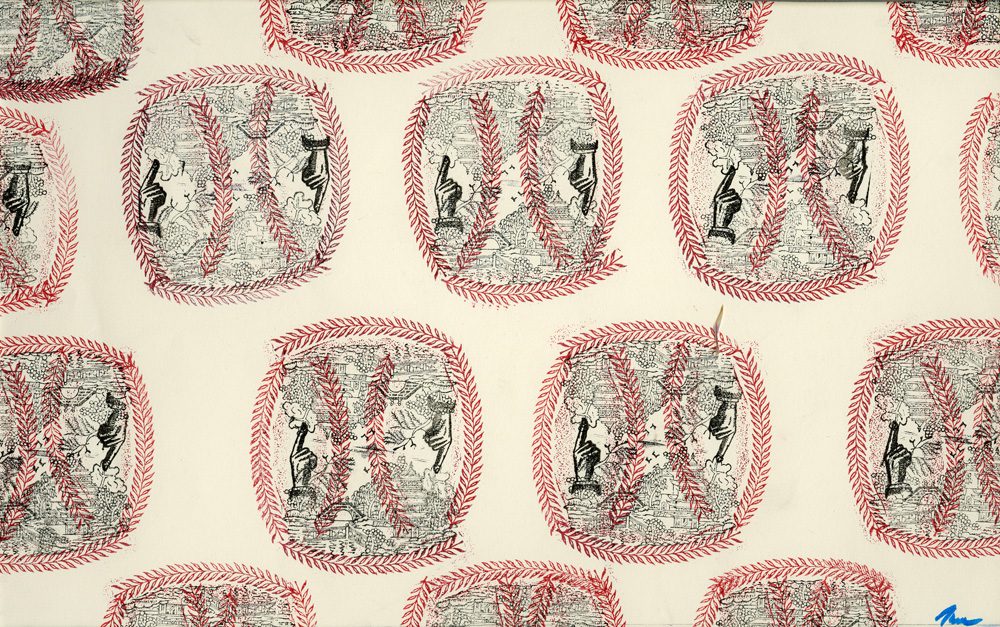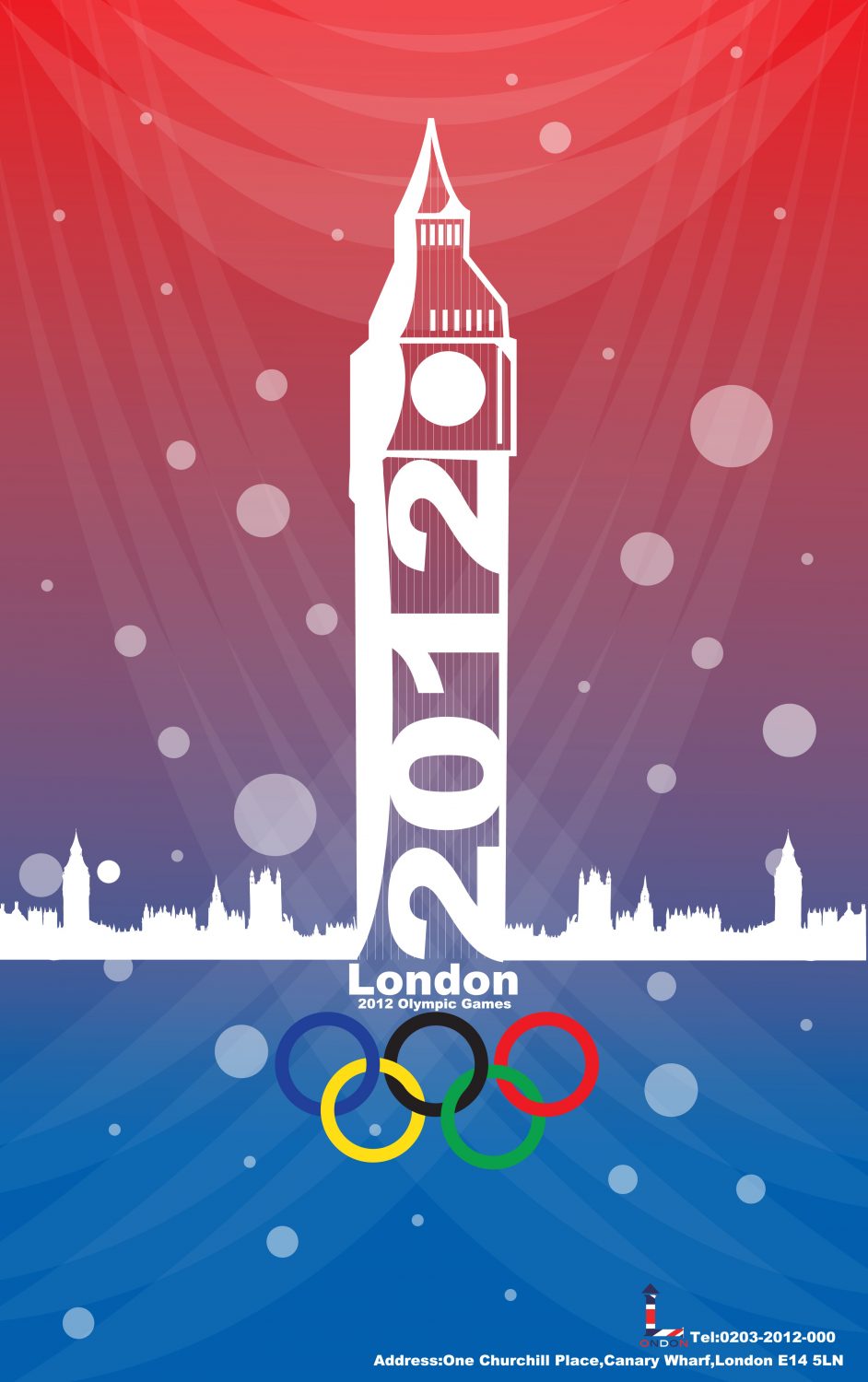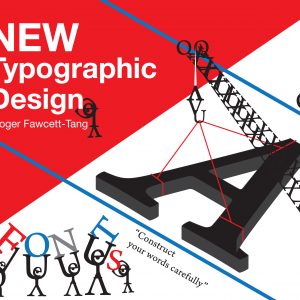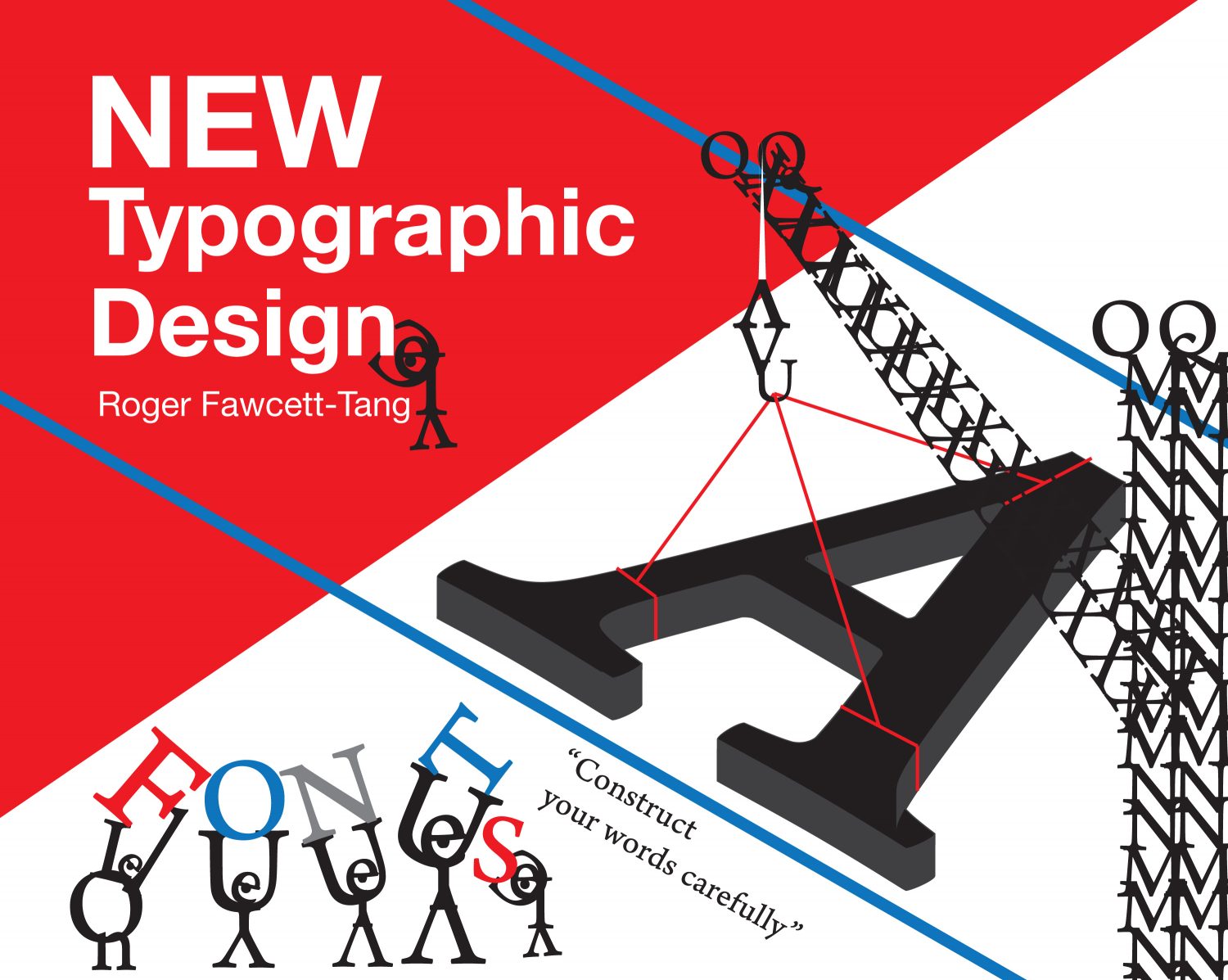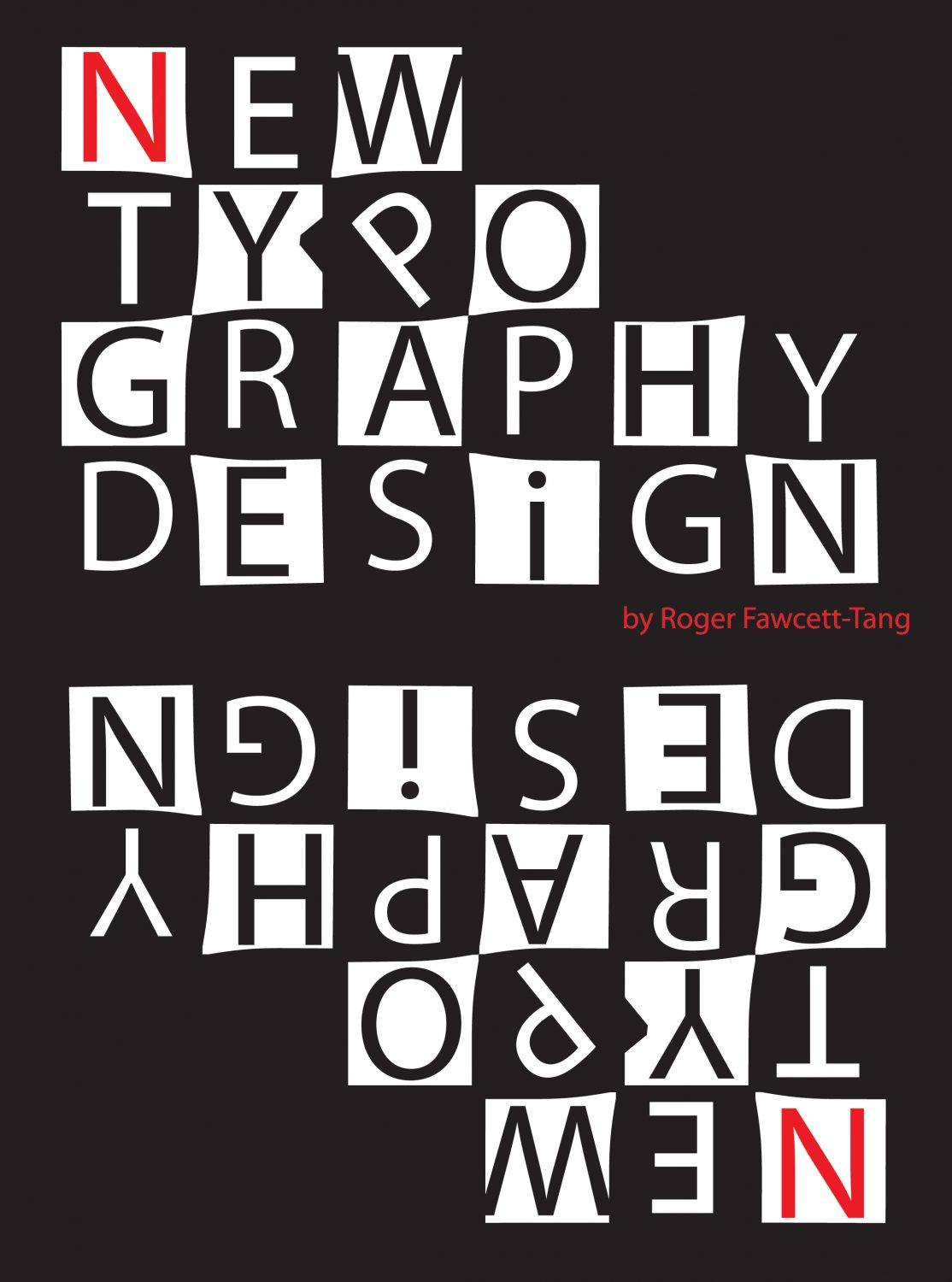It is with great pleasure that the Department of Art and Design in conjunction with the QCC Art Gallery and with the support of the Queensborough Student Association presents the 2011 exhibition of student visual artwork.
The program in visual arts at Queensborough has always stressed the importance of a foundation in the basic visual language of the arts and the skills used in creative expression whether that be traditional modalities or the contemporary computer-based forms. Students’ work is supported though a strong emphasis on the history of art and design in their coursework. Queensborough has a long tradition of supporting excellence in the arts and congratulates the students whose work was selected to be represented in this exhibition. Some of the best examples of the skill and creativity of advanced students in the various disciplines are represented: photography, painting, drawing, sculpture, ceramics, computer-based design, and commercial media.
The photography program at Queensborough supports a diverse array of student practitioners who interact with each other thought their work and discussions, and they even photograph one other. In addition, they frequently turn the camera on the dynamic city in which they live. Under the guidance of faculty, the students engage in formal and technical experimentation, as exemplified in the work of Miriam Gonzalez and Dolly Ortiz. Other students like Edson Farfan and Reiko Omae use a more psychological approach to elicit a variety of expressions from their subjects. Another method, used by Jessica Noel, Piotr Hreska, and Sami Hossain, is to work with their environment capturing the transient and often ambivalent but compelling scenes of New York City streets. A combination of intense portraiture and the urban setting is seen in the photography of Alexandra Lopez. In the field of digital photography, students display enthusiasm for the formal possibilities offered by the digital medium. For instance, experimentation with the play of light, textures, and color as enhanced by digital pixels is exemplified in the work of Gabrielle Komis, Gittela Welcher, and Clifford Innocent.
In painting coursework, the students are first provided instruction to follow a still-life of organic forms. As Paul Cezanne famously studied apples as a means to constructing form through the application of brushstroke, so do several students at Queensborough. However, each brings their own formal expression as seen in the visible strokes of paint in the work by Karen Shih and the meticulous, smooth detail and study of form in the work of Silvia Kock. Students are also encouraged to work with man-made forms as Belinda Cundari combines fruits with ceramic objects. At more advanced stages in the class, students are given the freedom to choose their own artistic subject, and given this opportunity, a diversity of styles and approaches emerges. Some students go in a different direction by taking the visual conventions of portraiture and manipulating them to attain a greater sense of expression in composition, lighting, color, and form. Such a sensibility is seen in Paisley Manga’s painting of a woman. In this portrait, she has given the shadows unusual shades of green, akin to the painterly techniques of some late nineteenth-century avant-garde painters in Europe and the United States, who no longer sought naturalism of color and form in their work.
In three-dimensional design courses we have a wide array of media and genres represented in just a few works. Formed with plaster and painted, the portrait busts explore a variety of subjects. For example, the work of Sylvia Kock presents a highly polished mastery of form in the shape of a grotesque head. Using the same medium, Nasya Patton and Stephanie Martin present more traditional bust portraits. In using wood rather than plaster, Fred Burg renders a series of diamond-shaped interlocking geometric forms in an elliptically formed single piece of wood and painted with an alternating rust and black chromatic formula. Samantha Rahman gives us a utilitarian piece of sculpture with a playfully detailed pitcher fired at a high temperature, the surface of which has alternating geometric and curvilinear forms harking back to pre-Classical Greek vase painting.
Printmaking provides students with the opportunity to learn a variety of relief and stencil techniques such as the linocut, woodcut, silkscreen, and mono printing. The layering of color in the linocut prints executed by Stephanie Martin and Daniel Messana show how these students have mastered principles of line, color, and composition in the printing technique. The class is diverse enough to also embrace the dry point work of John Barberii, who like his classmates is mastering the property of line, albeit in the radically different subgenre of printmaking known as intaglio.
In his graphite drawing, Michael Ricardo experiments with the drawing technique of the Cubist deconstruction of form in the manner of the French painter Fernand Léger. In this technique, form, volume, and space are collapsed and presented as flattened geometric shapes hovering on the surface of the image, thereby eschewing a more academic sense of perspective. Conversely there are more traditional academic depictions of the body using charcoal, pastel, and graphite in the work of Hye Jeung Kim and Christopher Smith. Sharon Gal-Ed displays a skillful rendition of form, line, and modeling in her graphite study after an image of an old woman by French painter Edgar Degas. In the illustration class students work with their own drawings, scan them, and manipulate color and form digitally through software applications such as Photoshop as seen in the work by Ike Odimegwu. The results can be fanciful as the medium lends itself to cartoon–like depictions and exaggerations.
The Department of Art and Design provides a nurturing environment for our students who also play a significant role in the support of the creative endeavors of their colleagues. The faculty work together to ensure that students’ progress and succeed in the goals they set for themselves as they begin and continue their experience with their creative potential.



